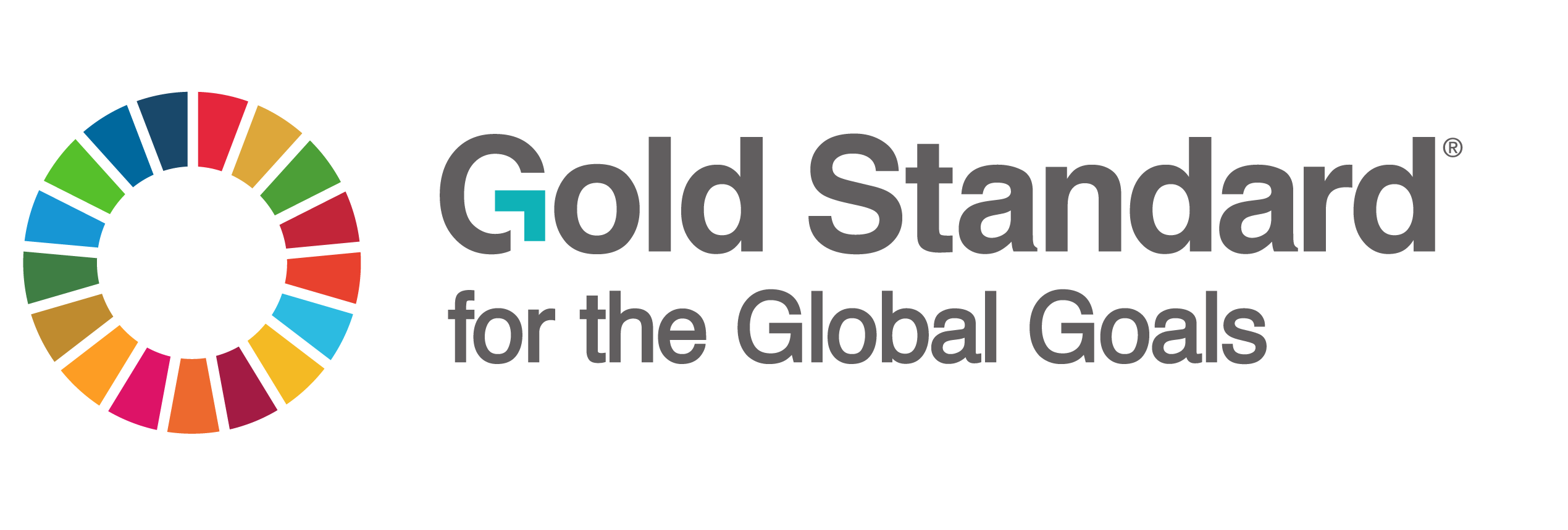REVISION HISTORY
| Version | Released date | Document name |
|---|---|---|
| v.2.1 | 13.12.2021 | CURRENT DOCUMENT - Retrofit Energy Efficiency Measures in Shipping |
| TRACK CHANGES |
 - from previous version - from previous version
| |
| Rule Clarifications | 20.02.2024 |  - Methodology “Retrofit energy efficiency measures in shipping” – speed trial requirements - - Methodology “Retrofit energy efficiency measures in shipping” – speed trial requirements -
|
| V.2.0 | 13.12.2021 | 422_V2.0_EE_Shipping_Retrofit-Energy-Efficiency-Measures-in-Shipping.pdf |
| Track Changes V2.0 | 13.12.2021 | 422_V2.0_TC_EE_Shipping_Retrofit-Energy-Efficiency-Measures-in-Shipping.pdf |
| v.1.0 | 2.08.2017 | 422_V1.0_EE_Shipping_Retrofit-Energy-Efficiency-Measures-in-Shipping.pdf |
| Rule Update | 22.10.2018 | RU_2018-Retroactive-Projects-Eligibility.pdf |
